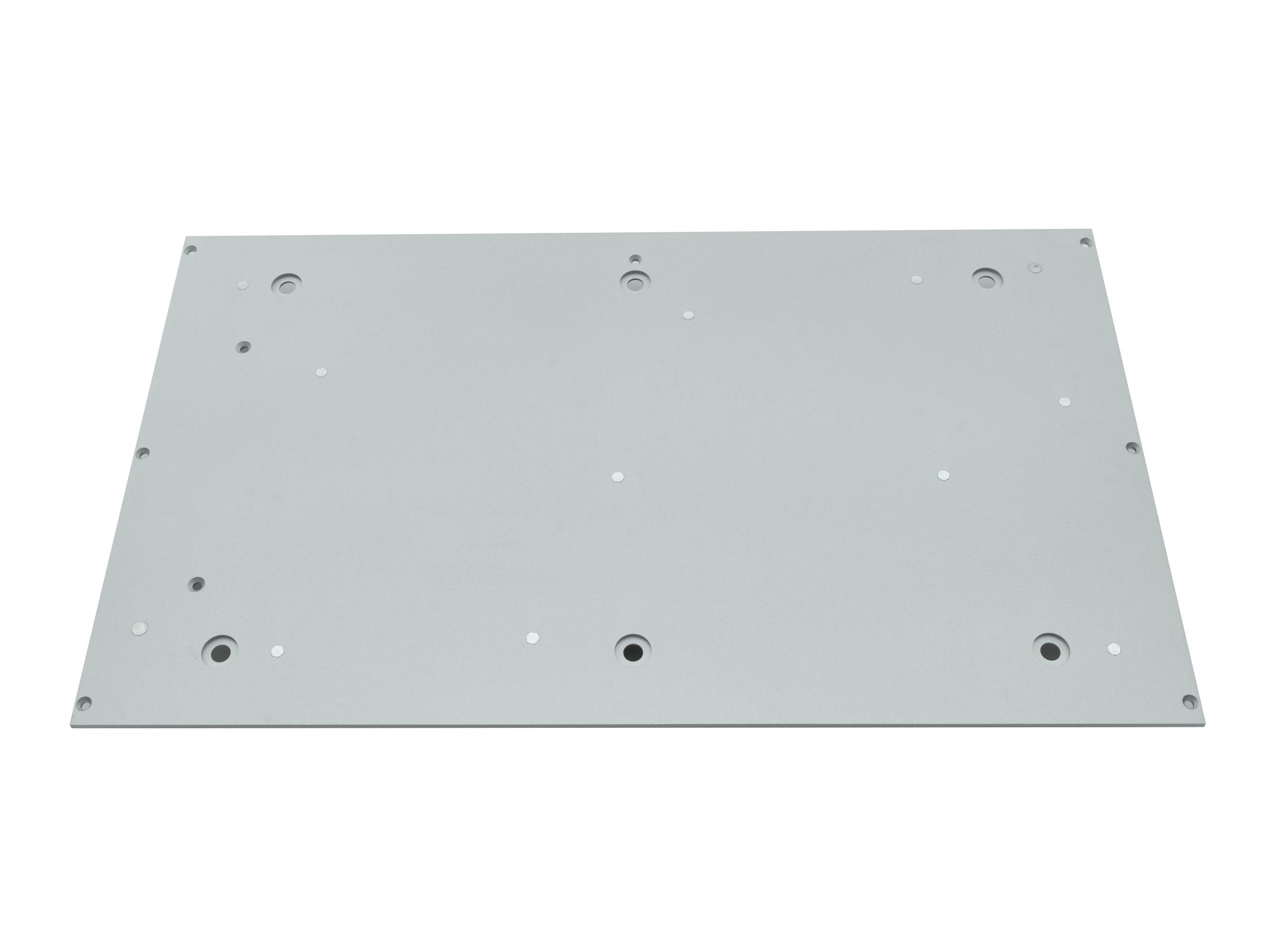Custom Sheet Metal Fabrication parts are precision-engineered components manufactured from thin, flat sheets of metal, such as steel, aluminum, brass, or copper. These parts are tailored to meet specific design requirements, with thicknesses ranging from 0.5 mm to 6 mm, depending on the application. The fabrication process involves cutting, bending, punching, welding, and assembling to create complex geometries with tolerances as tight as ±0.1 mm. Industries rely on these parts for their durability, lightweight properties, and cost-effectiveness, with tensile strengths varying from 200 MPa (aluminum) to 1,000 MPa (high-strength steel).

Precision and Accuracy: Laser cutting achieves tolerances of ±0.05 mm, while CNC punching maintains ±0.1 mm accuracy.
Material Versatility: Common materials include 304 stainless steel (18-20% Cr, 8-10.5% Ni), 6061 aluminum (0.8-1.2% Mg, 0.15-0.4% Cu), and cold-rolled steel (0.4-0.8% C).
Surface Finishes: Options include powder coating (60-80 µm thickness), anodizing (5-25 µm), and electroplating (e.g., zinc plating at 5-15 µm).
Structural Integrity: Bend radii typically range from 0.5t to 2t (where "t" is material thickness) to prevent cracking.
Corrosion Resistance: Stainless steel parts exhibit 1,000+ hours salt spray resistance (ASTM B117).
Applications of Custom Sheet Metal Parts
1. Automotive Industry
Used in chassis components (1.2-3 mm thickness), exhaust systems (409 stainless steel, 1.5-2 mm), and battery enclosures (5052 aluminum, 2-4 mm) with IP67 protection ratings.
2. Aerospace
Lightweight aluminum (2024-T3, 1-3 mm) and titanium (Grade 5, 0.8-2 mm) parts for airframe structures, with fatigue life exceeding 106 cycles at 70% yield strength.
3. Electronics
EMI shielding enclosures (0.8-1.2 mm steel) with 60 dB attenuation at 1 GHz, and heat sinks (1100 aluminum) achieving thermal conductivity of 200 W/m·K.
4. Construction
Architectural cladding (0.7-1.5 mm aluminum) with 25-year warranties, and HVAC ductwork (galvanized steel, 0.6-1.2 mm) rated for 2,500 Pa pressure.
5. Medical Equipment
Surgical instrument housings (316L stainless steel, 0.5-1 mm) with Ra ≤ 0.4 µm surface finish for sterilization compliance.
Maintenance Best Practices
1. Cleaning Procedures
For stainless steel, use pH-neutral (6-8) cleaners; avoid chloride-based solutions (>50 ppm). Aluminum parts require non-abrasive cloths and cleaners with<5% acid="" concentration.="">
2. Corrosion Prevention
Apply corrosion inhibitors (e.g., VCI films) in environments with >60% RH. For coastal areas, specify 316 stainless steel (2.5-3.5% Mo) instead of 304.
3. Structural Inspection
Check for stress cracks every 6-12 months using dye penetrant testing (sensitivity to 0.01 mm flaws) or ultrasonic thickness gauging (±0.01 mm accuracy).
4. Fastener Maintenance
Retorque bolts every 2 years to 75-80% of proof load (e.g., M6 bolts to 10 N·m for 8.8 grade). Replace zinc-plated fasteners after 5 years in corrosive environments.
5. Surface Protection
Reapply powder coating when thickness measures below 40 µm using dry film gauges (±2 µm accuracy). For anodized parts, maintain the oxide layer above 5 µm.
Advanced Fabrication Techniques
Modern fabrication employs 3D laser cutting (fiber lasers at 1-6 kW power) achieving 0.02 mm repeatability. Progressive dies can produce 1,200+ parts/hour with ±0.05 mm consistency. Automated bending cells achieve angles within ±0.5° using CNC backgauges with 0.01 mm resolution.
Quality Control Measures
Implement First Article Inspection (FAI) per AS9102, with CMM measurements (±0.003 mm). Conduct 30-piece capability studies (CpK ≥1.33) for critical dimensions. X-ray fluorescence (XRF) verifies material composition within ±0.1%.
Environmental Considerations
Modern shops recycle 95%+ of metal scrap. Water-based lubricants reduce VOC emissions by 70% compared to petroleum-based alternatives. Energy-efficient fiber lasers consume 50-70% less power than CO2 lasers.
Cost Optimization Strategies
Design for manufacturability (DFM) can reduce costs by 20-40% through:
Standardizing material thicknesses (±10% of nominal)
Limiting bend directions to 2 axes
Maintaining hole diameters ≥1.5× material thickness
Emerging Technologies
AI-powered nesting software improves material utilization by 5-15%. Digital twin simulations predict springback within ±0.1° accuracy. Additive hybrid machines combine laser deposition (0.1 mm layer resolution) with traditional forming.
Regulatory Compliance
Key standards include:








